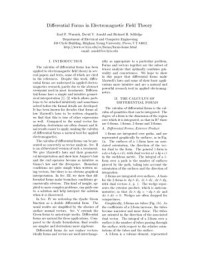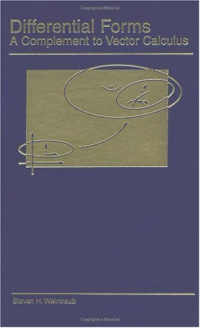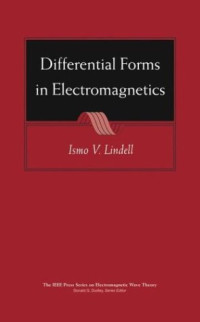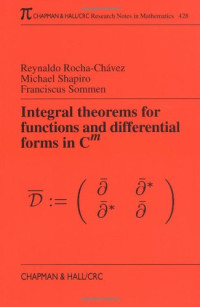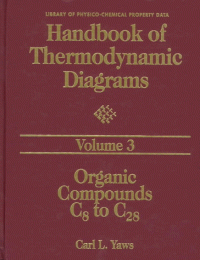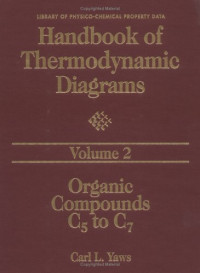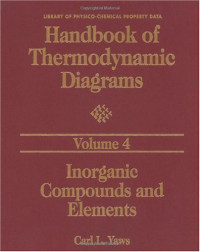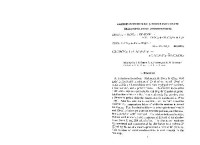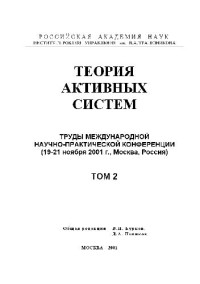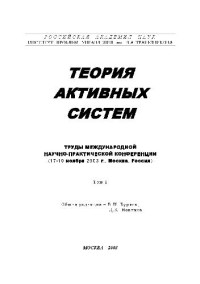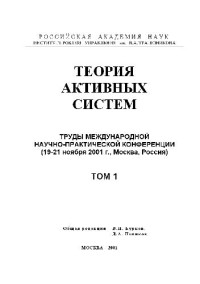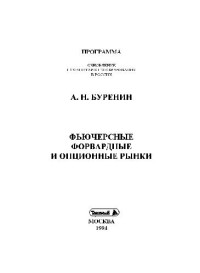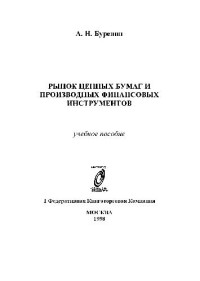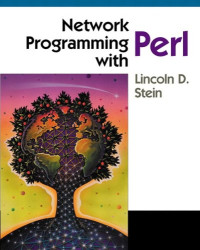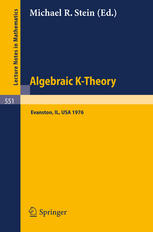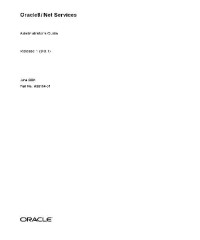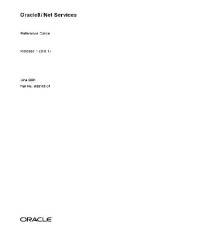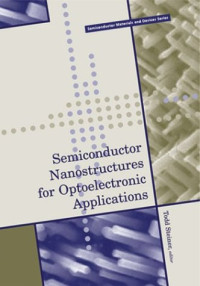
Teaching electromagnetic field theory using differential forms
Warnic K.F., Selfridge R., Arnold D.V.
The calculus of differential forms has significant advatages over traditional methods as a tool for teaching electromagnetic (EM) field theory. First, forms clarify the realationship between field intnsity and flux density, by providing distinct mathematical and graphical representations for the two types of fields. Second, Ampere's and Faraday's laws obtain graphical representations that are as intuitive as the representation of Gauss's law. Third, the vector Stokes theorem and the diveergence theorem become special cases of a single relationship that is easier for the student to remember, apply, and visualize than their vector formulation. Fourth, computational simplifications result from the use of forms: derivatives are easier to employ in curvilinear coordinates, integration becomes more straigthforward, and families of vector identities are replaced by algebraic rules. In this paper, EM theory and the calculus of differential forms are developed in parallel, from an elementary, conceptual ly-oriented point of view using simple examples and intuitive moptivations. We conclude that because of the power of the calculus differential forms in conveying the fundamental concepts of EM theory, it provides an attractive and viable alternative to the use of vector analysis in teaching EM field theory.
 Amazon
Amazon  Barnes & Noble
Barnes & Noble  Bookshop.org
Bookshop.org  转换文件
转换文件 更多搜索结果
更多搜索结果 其他特权
其他特权 